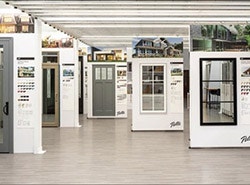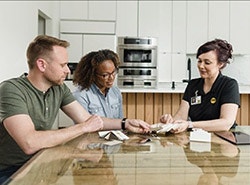Bay Window Replacement: Upgrade Your Home’s Look
Refresh your space with a custom bay window replacement.

KEY TAKEAWAYS
- Replacing a bay window can enhance your home's curb appeal, improve energy efficiency, and potentially increase property value.
- Bay windows come in various materials like vinyl, wood, and fiberglass, each offering different benefits in terms of durability, maintenance, and aesthetics.
- Professional installation is crucial for bay window replacements, with costs typically ranging from $2,000 to $6,000 depending on size, materials, and complexity.
Thinking about replacing your bay window? It’s one of the best ways to give your home a fresh look, inside and out. Maybe your current window isn’t performing like it used to, or maybe you’re just ready for an upgrade that fits your style and helps with energy costs. Whatever your reason, a new bay window can make a big difference. It can boost your home’s curb appeal, improve efficiency and even help increase its value. In this article, we’ll break down everything you need to know about bay window replacement—from the benefits and costs to materials, styles and what to expect during installation.
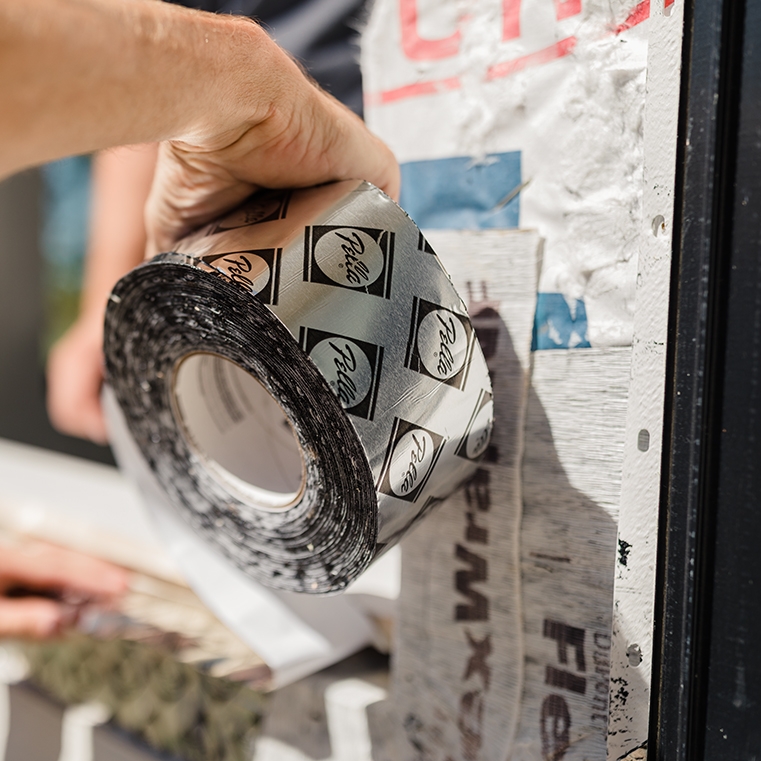
Understanding Bay Window Replacement
Replacing a bay window isn’t just about swapping out old glass—it’s a chance to refresh the look of your home and improve how it functions. Because bay windows extend outward from the house, getting the fit right is key, which usually means calling in the pros for precise measurements and expert installation. Some homeowners go with a similar style, while others use the opportunity to upgrade to better materials or a new window design that fits their space and taste. Knowing what to expect can help the whole process go more smoothly and leave you with results you’ll love.
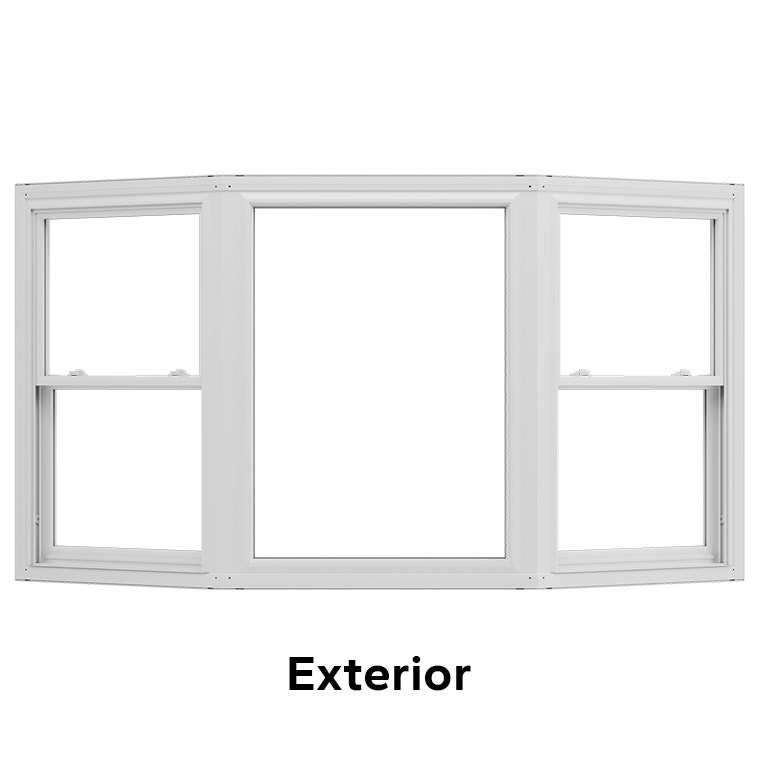
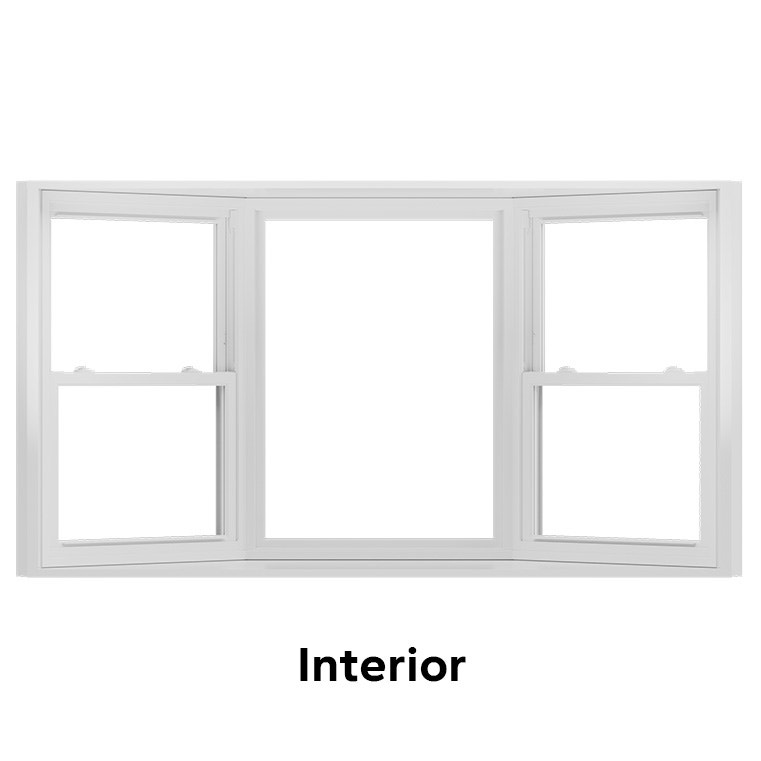
What is a Bay Window?
A bay window is a three-panel window configuration that extends outward from the home’s wall, creating a small interior nook. This projection often includes a large, fixed center window and two operable side windows — usually casement or double-hung — set at angles of 30 to 45 degrees. Bay windows are commonly used in living rooms, dining rooms, and bedrooms to increase natural light and add a sense of spaciousness. They can also create a cozy seating area or display shelf.
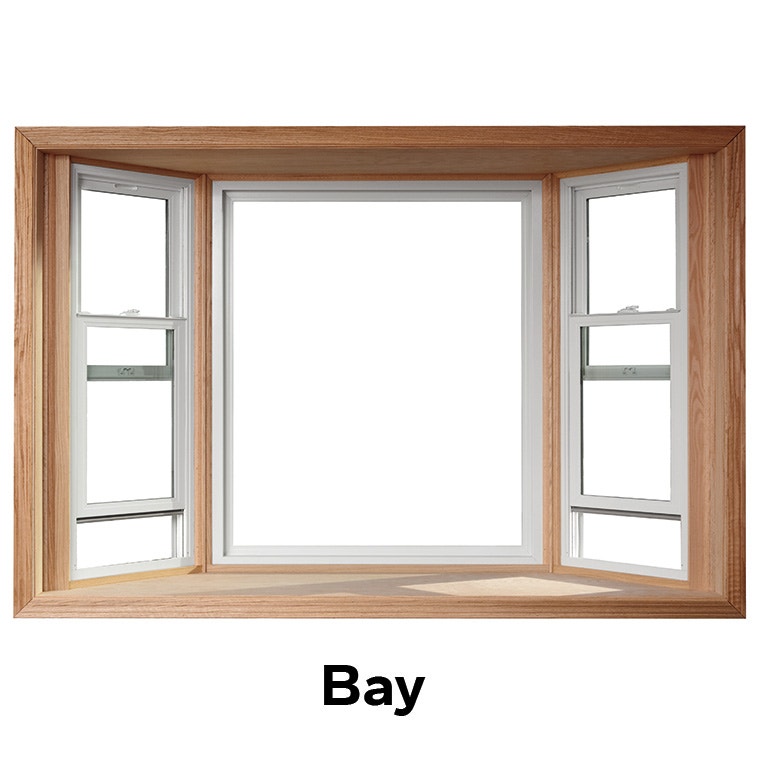
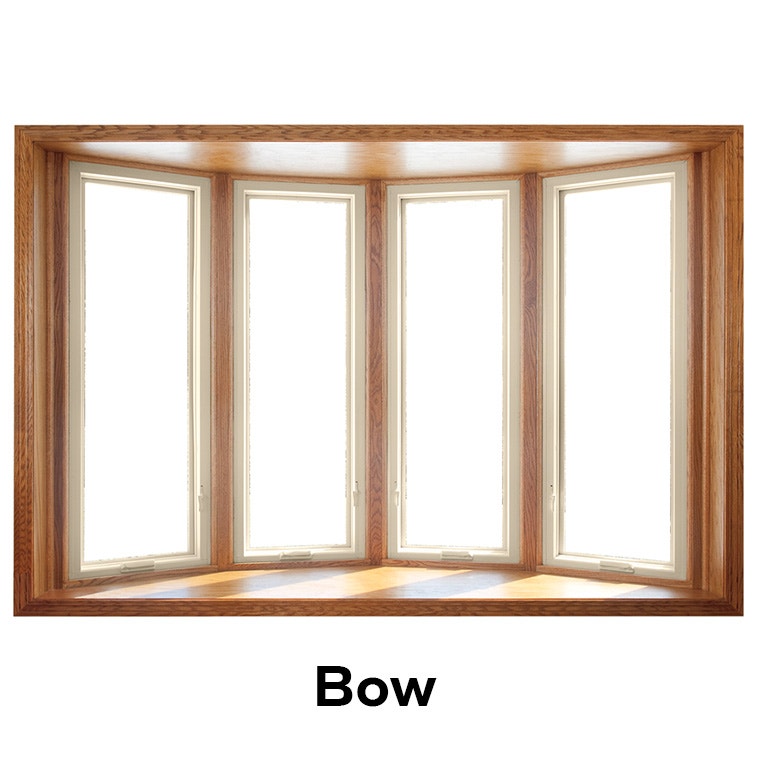
Bay vs. Bow Windows
Bay and bow windows might seem pretty similar at first glance. They both extend outward and add dimension to your home—but there are a few key differences to know. Bay windows usually have three panels and sharper angles, giving them a more modern, defined look. Bow windows, on the other hand, are made up of four or more panels that form a gentle curve for a softer, more classic feel. Bay windows tend to stick out farther and can even create a little extra floor space, while bow windows offer a wider view and let in tons of natural light. Knowing the difference between bay and bow windows can help you decide which style works best for your home and your goals.
Benefits of Replacing Bay Windows
Replacing a worn-out bay window comes with a lot of perks. Not only can it make your home look better, but it can also improve comfort and energy efficiency. In fact, the benefits of replacement windows go beyond just appearance. A new bay window can boost your home’s style, provide better insulation and offer long-lasting value all around.
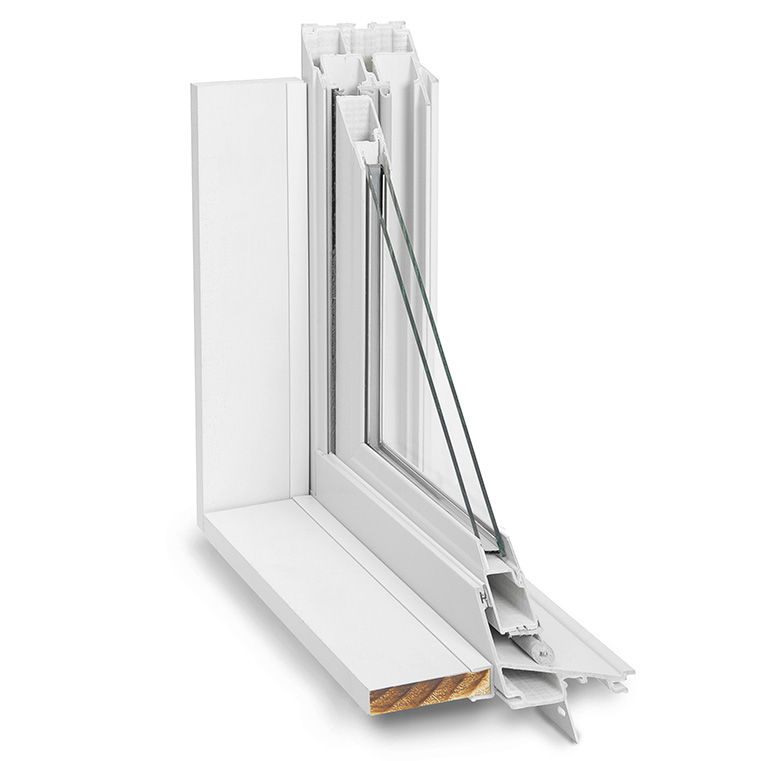
Energy Efficiency Improvements
Today’s bay windows are designed with energy efficiency in mind. Features like double- or triple-pane glass, argon gas between the panes and Low-E coatings help keep your home comfortable year-round. They can cut down on drafts, lower your energy bills, and make a noticeable difference in how your space feels. If your current bay window is drafty or not sealing properly, an upgrade could be well worth it.
Enhanced Home Aesthetics
Swapping out an old bay window can completely change the look and feel of a room. With options for customizing both the inside and outside finishes, you can match your home’s existing style or go for a fresh update. The large glass panels let in tons of natural light, making your space feel brighter and more open. From the outside, a bay window adds charm and character that can really boost curb appeal.
Increased Property Value
Replacing your windows is often a smart investment, and bay windows are no exception. They’re not just practical—they also add a lot of visual appeal, which can help your home stand out to potential buyers. A new bay window shows that your home is up to date, energy-efficient and well cared for, all of which can make a positive impression and potentially boost resale value.
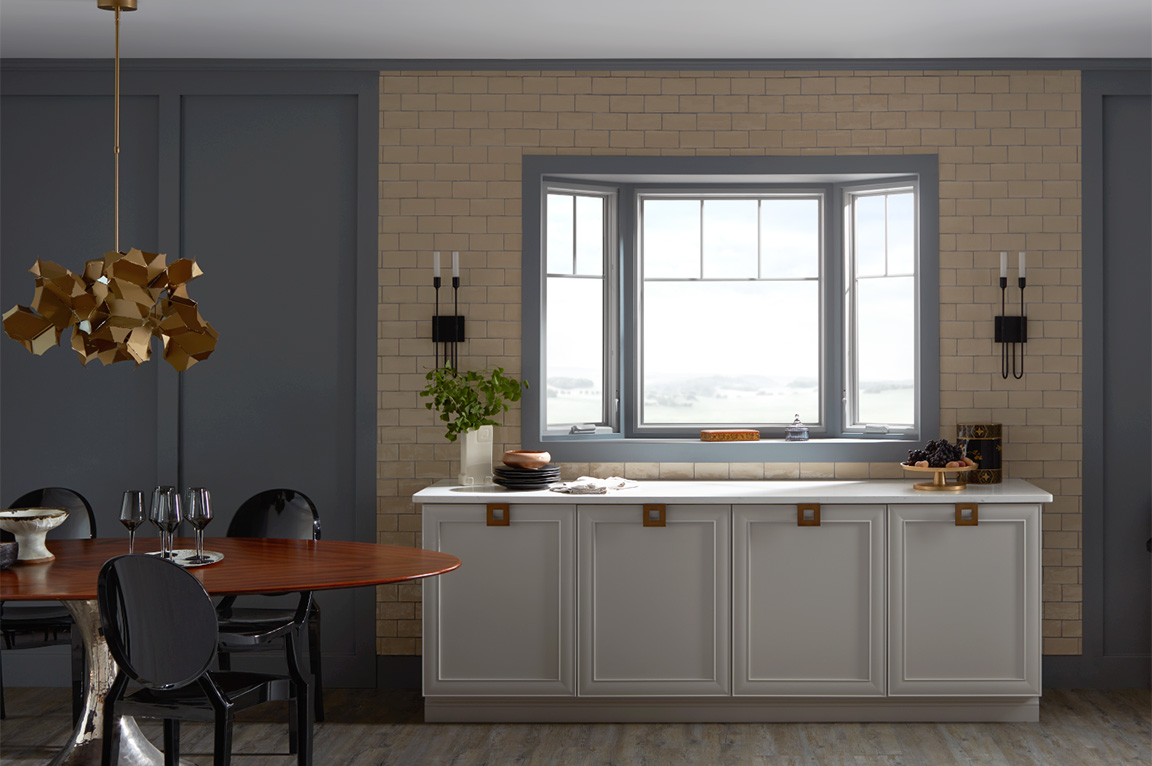
Choosing the Right Bay Window Replacement
Choosing the right replacement bay window means thinking about both how it looks and how it performs. The material, design and features you choose can all make a big difference in finding a window that fits your home and your needs.
Material Options
Bay windows are available in several materials, each with its own benefits:
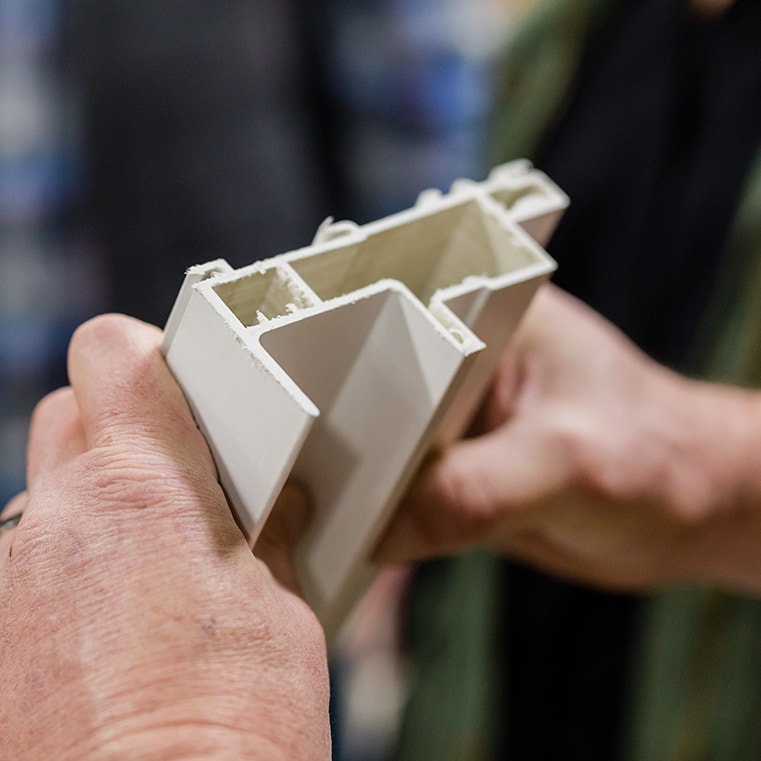
Vinyl: Cost-effective and low maintenance, vinyl bay windows offer good thermal performance and durability.
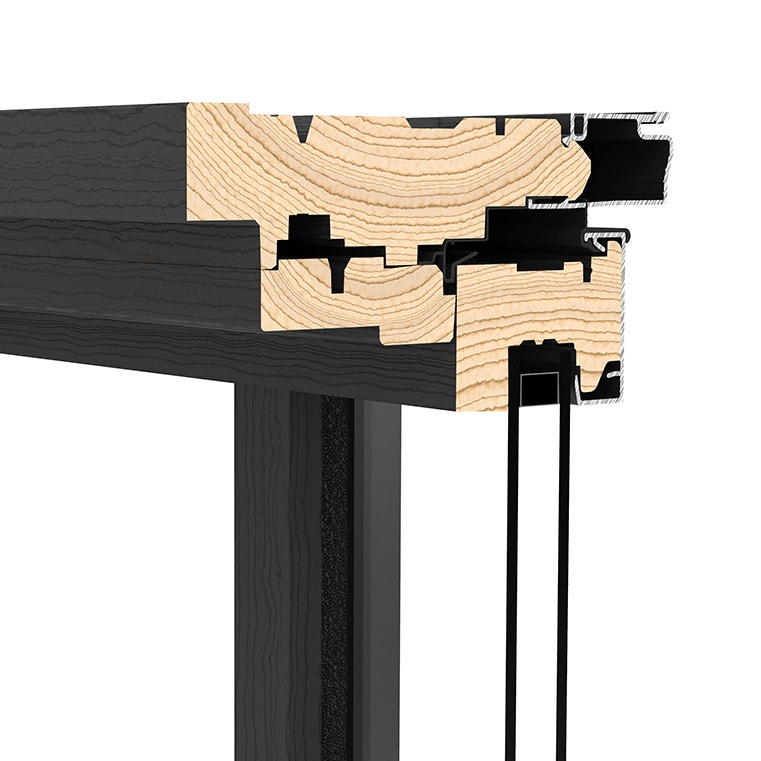
Wood: Offers classic warmth, natural insulation, and timeless appeal—especially suited for traditional homes. Aluminum-clad exteriors add durability and reduce maintenance, giving you the beauty of wood with enhanced protection.
Fiberglass: Extremely durable and resistant to warping, fiberglass offers modern performance with a sleek finish.
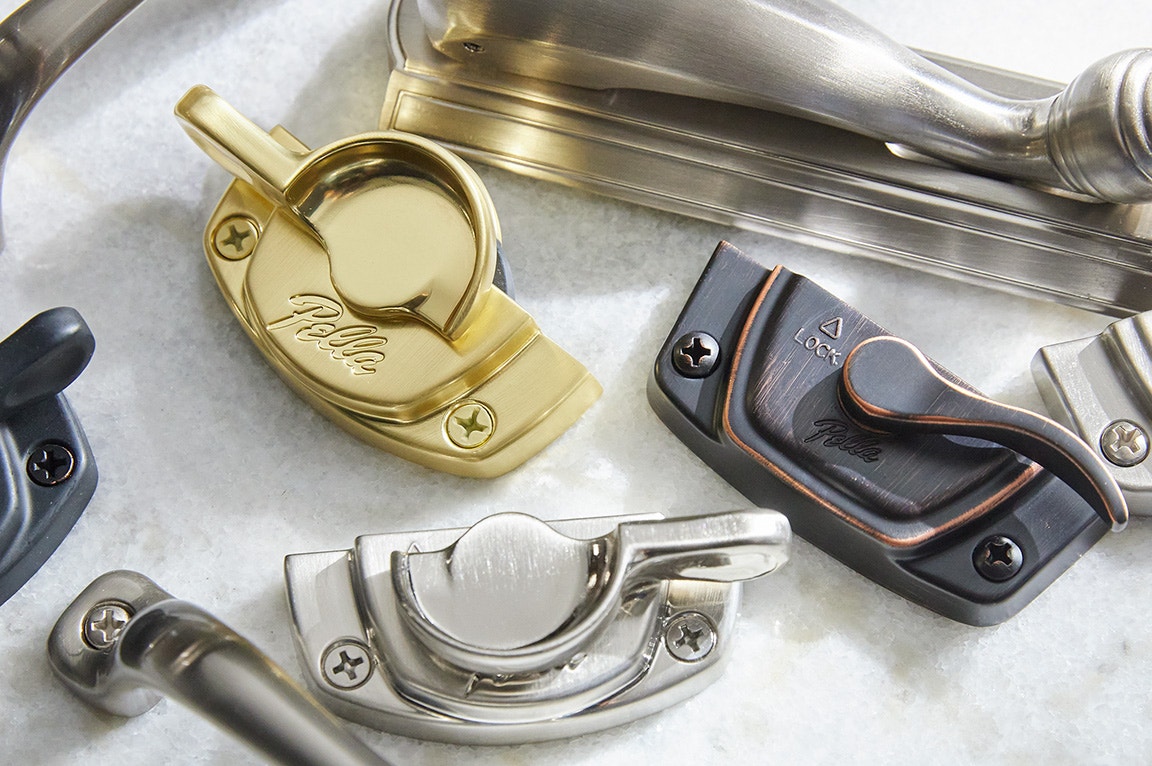
Design Considerations
The right design choices can help your new bay window blend seamlessly with your home’s style, both inside and out. You can customize details like grille patterns, hardware finishes, and how the windows open to create a look that feels just right for your space.
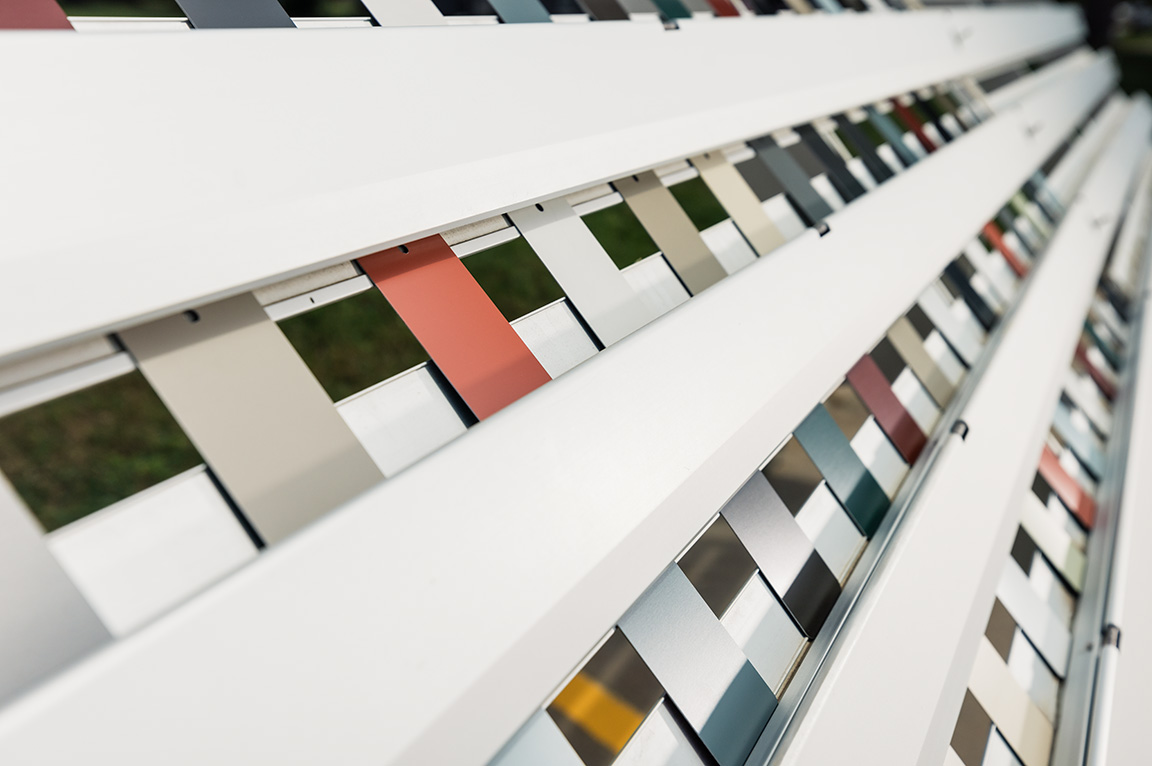
Interior and Exterior Colors
Most bay windows offer plenty of options when it comes to finishes. You can go with classic neutrals or make a statement with bolder interior colors to match your trim. On the outside, choose finishes that work well with your siding, brick or paint for a cohesive look.
Configuration Choices
Bay windows come in a few different configurations, so you can choose what works best for your space. A popular setup includes a large, fixed window in the center with casement or double-hung windows on each side. You can also pick the angle—30°, 45°, or even a custom option—to change how far the window extends outward. Steeper angles usually give you more room inside for a shelf or a cozy bench.
What to Expect with a Bay Window Replacement
It’s normal to have questions before starting a bay window replacement project. Knowing what to expect ahead of time can help you plan with confidence and avoid any surprises along the way.
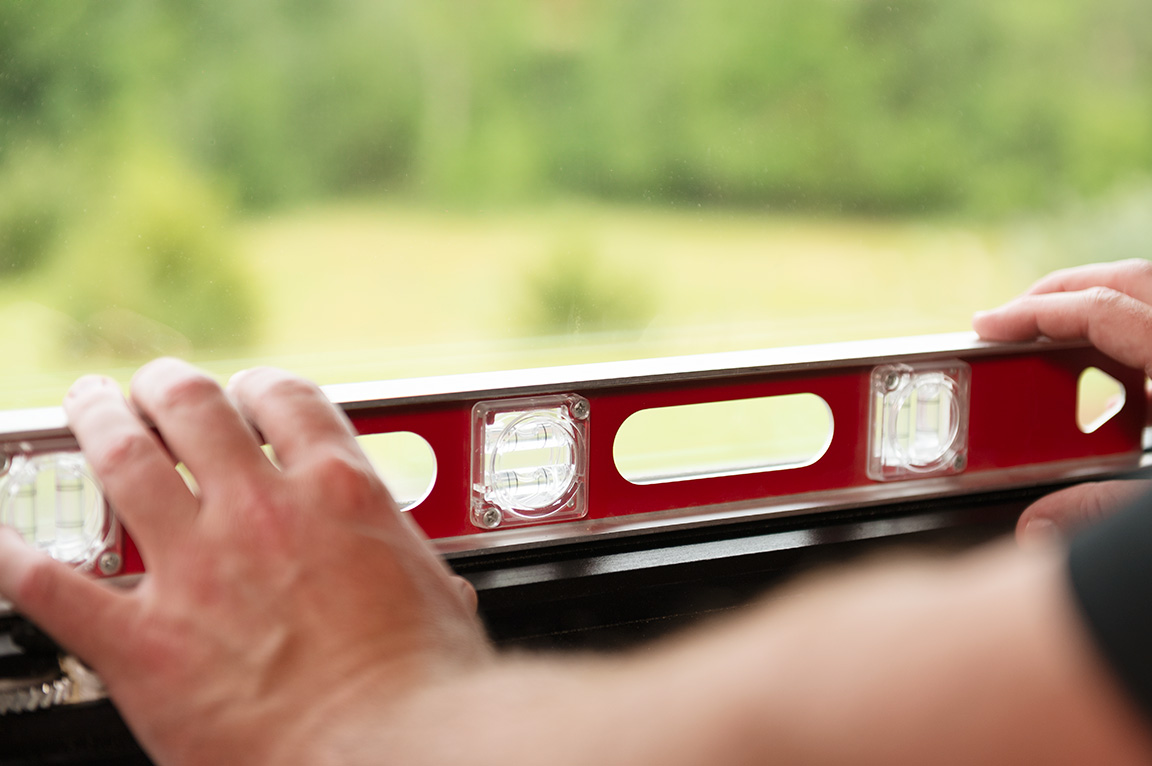
Installation Process
Installing a bay window can be a bit more involved than a standard window replacement, especially if it’s load bearing or sticks out quite a bit. A professional installer will check out the space, carefully remove the old window, make any needed adjustments to the framing, and then put in the new window with proper insulation and flashing. Depending on how complex the job is, the whole process usually takes one to two days.
Cost Considerations
Replacing a bay window can cost anywhere from around $2,000 to over $6,000, depending on a few key factors. Things like the size of the window, the materials you choose, custom features and installation labor all play a role in the final price. If your project involves structural changes or you’re adding energy-efficient upgrades, that can affect the cost, too. It’s a good idea to get quotes from experienced pros and ask what kind of warranty coverage is included.
Bay Window Replacement vs. Alternatives
Before committing to a replacement, consider whether a bay window is the best fit for your space or if another window style might be better suited.
Other Window Styles
Depending on your space, there are a few alternatives to bay windows that might offer similar benefits. Bow windows, picture windows or even a mix of casement windows could be great options. Picture windows are perfect if you want wide, unobstructed views—but keep in mind they don’t open. Casement windows, on the other hand, are great for ventilation and easy to operate. The best choice really depends on your room’s layout and what matters most to you.
Pros and Cons
Bay windows come with a lot of perks—they add character to your home, create extra space inside, and offer wide, scenic views. But they can also be more expensive to install and might require more structural work than a standard window. Before moving forward, it’s a good idea to think about what you’re hoping to achieve and whether your home’s layout can support the upgrade.
Cost Factors in Bay Window Replacement
It’s important to understand what goes into the total cost of replacing a bay window to set realistic expectations.
Installation Costs and Considerations
Labor costs can vary quite a bit depending on how involved the installation is. If your project includes things like adding support brackets or adjusting the structure to fit a larger bay window, that can add time and increase the overall cost. Where you live can make a difference too—projects in urban areas or hard-to-reach spots may come with higher labor rates.
Long-term Value and ROI
Replacing a bay window is definitely an investment, but the long-term benefits can make it well worth it. Improved energy efficiency, better comfort, and a boost in curb appeal can all help balance out the upfront cost. When done right, a new bay window can add real value to your home and make it more appealing to future buyers.
Practical Tips for Bay Window Replacement
A successful bay window replacement starts with planning and ends with proper care. Follow these tips for the best results.
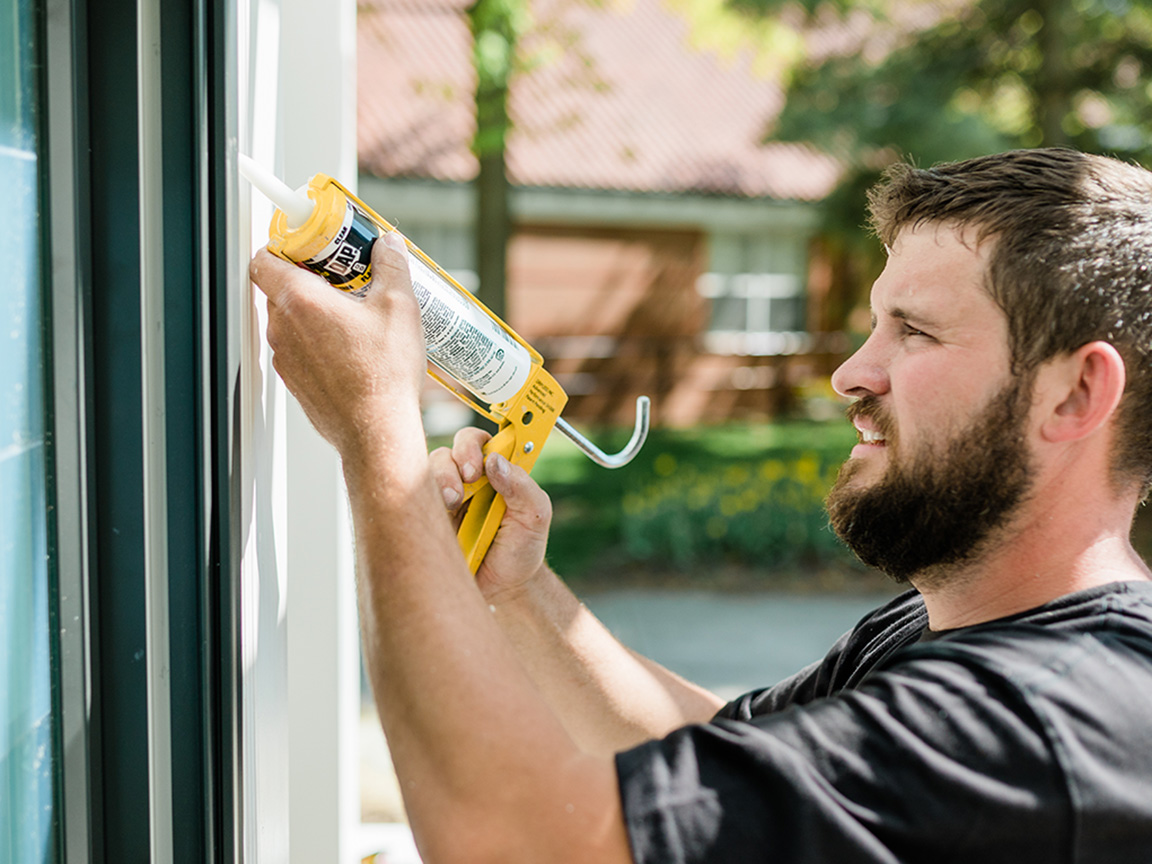
Finding a Qualified Installer
Look for certified window professionals with experience in bay window installations. Ask for references, verify credentials, and check for warranties on both product and labor. A reputable installer can help ensure the window is sealed correctly, supported structurally, and performs as intended.
Maintenance and Care
To keep your new bay window in top shape, clean the glass and frames regularly, inspect weatherstripping annually, and watch for signs of wear like condensation between panes or drafts. Proper maintenance extends the life of your window and preserves its performance and appearance.
A bay window replacement is more than a visual upgrade—it’s an opportunity to improve comfort, efficiency and style all at once. Whether you're going for better performance, a new look, or both, the right window can make a lasting impact on your home.
